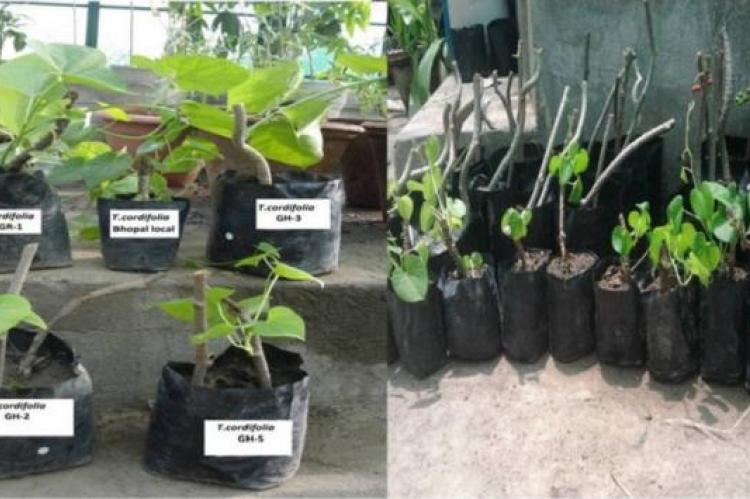The recent changes in global climate have resulted notable effects on plant phenology. The present study has considered the impact of climate change on phenology and phytoconstituents of Tinospora cordifolia plant accessions found in three different northern-western regions of India. The changes were analysed at regular intervals of climatic conditions such as; soil condition, precipitation and humidity. Phenological monitoring was done in terms of plant's rooting percentage. Phytochemical studies were carried out through estimation of total alkaloidal content followed by high performance thin layer chromatography (HPTLC) analysis of major alkaloidal marker compound, berberine estimation. The results of the study revealed variations in phenological as well as phytochemical parameters. The GH-5 accession of the plant of Bhopal region was found to have higher rooting percentage of 98.51. The total alkaloidal content of the plant was found to be 12.4 % and maximum amount of berberine was found to be 254.60 ng/gm of the extract in different accessions of Tinospora cordifolia grown at higher altitudes of Bhopal region. The assessment of the phytochemical content carried out at varying altitudes can help in selecting the elite genotype for the commercial cultivation of the species and to determine the possible therapeutic value of the plant.
View:
- PDF (1.52 MB)


